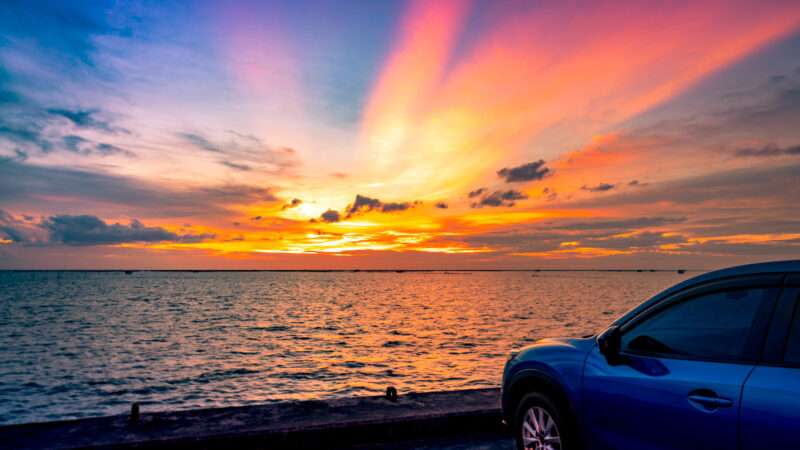E.V. Summer Road Trips: Are We There Yet?

Since entering office, President Joe Biden's administration has prioritized green energy, including electric vehicles (E.V.s), as a means of combating climate change, apportioning tens of billions of dollars to incentivize E.V. purchases and the development of E.V. infrastructure.
This summer, Energy Secretary Jennifer Granholm undertook a road trip across four Southern states, driving an E.V. to promote the administration's efforts. But despite its intent, the trip showed many of the issues with the concept of an E.V. summer road trip.
According to J.D. Power's 2023 Electric Vehicle Consideration Study, 61 percent of shoppers are now "overall likely" to consider buying an electric vehicle, a modest increase over previous years. But among those who would not consider an E.V., 49 percent cited a lack of charging station availability as their primary reason. While "most EV owners will say charging is one of the greatest benefits of ownership, because 85% of it is done at home," said Stewart Stropp, J.D. Power's executive director of E.V. intelligence, "it's the exceptional use case—like a vacation road trip—that's holding shoppers back."
According to a separate J.D. Power study in August, "owner satisfaction with charging is declining, even as the number of charging stations grows." Specifically, it found that "crowded charger locations extend wait times, and frequent downtime can make it hard to find a working location to begin with."
Even when chargers are available, the experience has challenges. While many E.V.s currently on the market have battery ranges roughly equivalent to how far a car can go on a tank of gas, the experience of fueling up still differs. Motorists accustomed to filling up a tank in five minutes may experience some growing pains when even the fastest public chargers can take as much as an hour or longer to charge an E.V. to 80 percent. (Like smartphones, most E.V. batteries are recommended to stay between 20 percent and 80 percent).
All of these issues were present on Granholm's trip: According to NPR's Camila Domonoske, who accompanied Granholm, the convoy struggled in places to find enough functioning chargers. In a suburb of Augusta, Georgia, the secretary's team found a station with four chargers, of which one was broken and the others were occupied. So a staffer "tried parking a nonelectric vehicle by one of those working chargers to reserve a spot" for Granholm, a maneuver which "boxed out" a family with a baby. (And yes, there were nonelectric vehicles along for Granholm's electric car promotional tour.)
Granholm's team experienced that level of difficulty even though "the secretary's trip had been painstakingly mapped out ahead of time to allow for charging," such as picking hotels with chargers and mapping the fastest chargers for midday stops.
And range and charging time aren't even the only issues for an electric summer road trip. According to Automotive News, analytics company Recurrent found that E.V.s experience "significant declines in range" at higher temperatures. In temperatures over 90 degrees, the company found an average of 5 percent reduction in range, but at 100 degrees, some vehicles registered as much as a 31 percent drop. That means even more time spent sitting around in the scorching heat waiting to be able to keep driving.
Notably, the southern U.S. experienced a record heat wave this summer, with temperatures over 100 degrees stretching from California to Florida that lasted for weeks in some places.
Clearly, while E.V. technology has made impressive leaps and bounds since Nissan introduced its Leaf, with a 100-mile range, for the 2010 model year. But it's not quite there yet for the summer road tripper. And federal policy should recognize that fact by not using taxpayer money to incentivize the purchase of technology that doesn't yet meet consumers' needs.
The post E.V. Summer Road Trips: Are We There Yet? appeared first on Reason.com.

